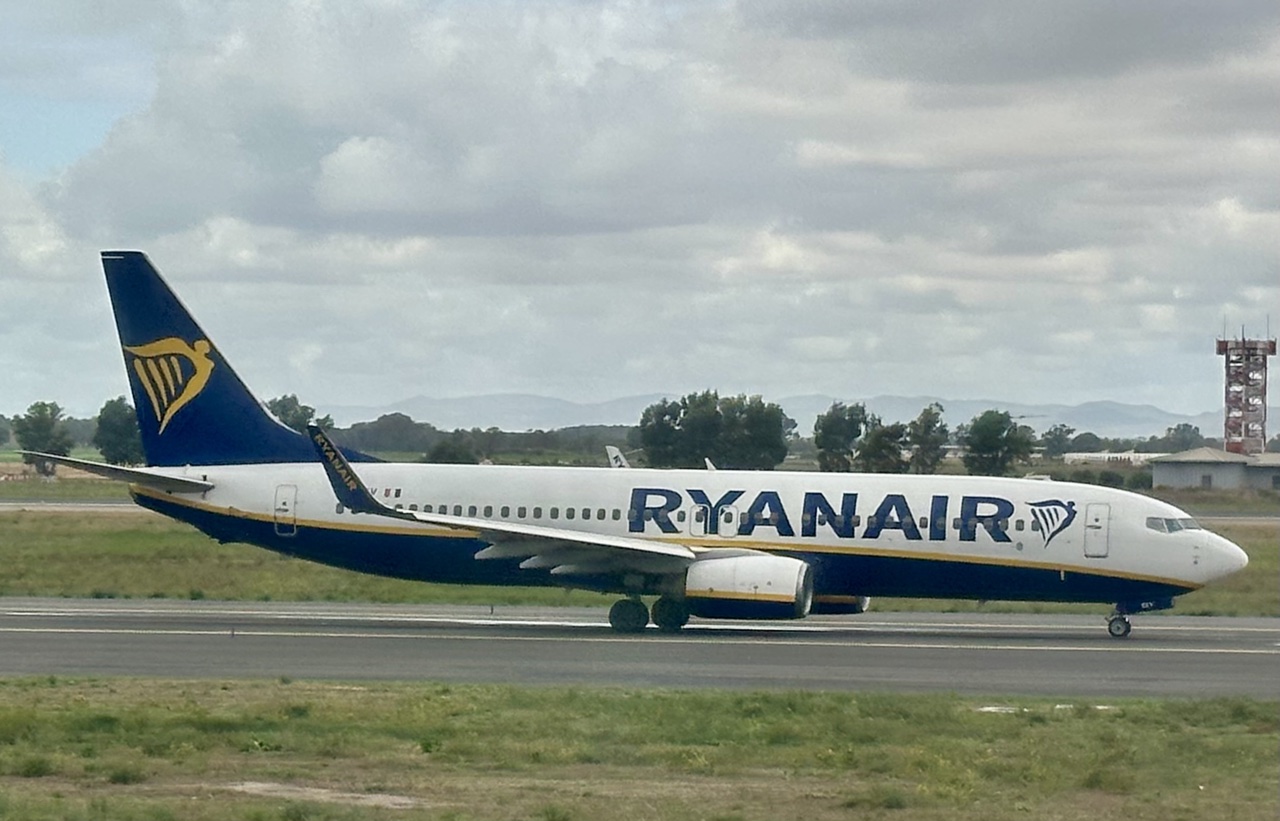Ryanair Profit Jumps As Europe Stays Close, Skips US For Now
Ryanair posts a significant increase in net profit as Europeans swap short hops over trips to the US, reshaping demand on both sides of the Atlantic.

Profit Pop Fueled By Staying Closer To Home
Ryanair just reported a superb quarter. The carrier has revealed profits up roughly 40%, a big move for an airline that already lives on volume, tight costs, and aggressive pricing. What is interesting here is not just that profits are up, but why.
Instead of a sudden surge in new routes or some radical cost cutting, Ryanair is benefiting from something a little more subtle. Europeans are traveling again, but many are choosing to stay in their own backyard rather than book long-haul trips to the United States. That shift in preference is quietly flowing straight into Ryanair’s bottom line.
Why Europeans Are Still Hesitant About Trips To The US
On paper, transatlantic travel should be roaring. Borders are open, airlines have their long-haul fleets back in rotation, and plenty of people are eager to travel again. Yet the Europe-to-US market did not snap back in the clean, predictable way many expected. Demand wobbled instead of accelerated, and the reasons are starting to come into focus.
A quick European city break feels easier than committing to a long flight to New York or Orlando when you are watching your budget or worried about stability at work.
Then there are the practical irritants. The US has a reputation, fair or not, for being a little more complicated at the border. ESTA approvals, visa questions, and stories of long immigration lines do not create an enthusiastic sales pitch. Additionally compounding inflation has affected fares putting them out of reach for many travelers. Suddenly Paris, Rome, or a Spanish beach start looking like a more sensible choice.
Layered on top of all of this is what analysts have started calling the summer “Trump Slump”. The first signs appeared in June when Reuters reported a noticeable drop in Western European arrivals to the US. Those numbers felt early at the time, but summer is the season that defines airline earnings. We are only now seeing how a softer transatlantic summer translated into weaker long-haul performance. The slump has not been catastrophic, but it has been enough to nudge Europeans toward staying closer to home.
Ryanair’s Network Is Built For This Moment
This is where Ryanair’s model shines. While full service carriers are trying to balance transatlantic schedules and premium cabins, Ryanair is entirely focused on short-haul point to point flying within Europe. Demand shifts like these could also benefit fellow LCCs and even flag carriers.
More Europeans choosing to stay in-region means more seats filled on routes that Ryanair already flies at high frequency. Weekend trips, last minute breaks, stag parties, football weekends, you name it. The airline is optimized for exactly this type of travel, with quick turns, dense cabins, and a relentless push to keep operating costs low. That margin improvement shows up nicely when planes are going out full.
Ryanair’s latest quarter shows the carrier operating near peak efficiency, with load factors climbing to 96%, a point higher than the same period last year. The airline also nudged average fares up about 7% to roughly €65, a modest increase for a carrier that lives on volume rather than premium cabins. Those full flights and slightly stronger yields helped drive pre-tax profit to €1.96 billion, up from €1.67 billion a year earlier. It is a reminder that when Ryanair gets the balance right on pricing, capacity and punctuality, the financial results tend to follow in a very predictable way. For context, American Airlines only made $846MM all of last year, United made about $4bn in 2024 – which puts Ryanair’s performance into perspective.
What This Means For Travelers
For European travelers, this environment is not all bad news. Strong demand within Europe keeps competition lively on popular routes, and that can hold fares in check on at least some city pairs. If you are flexible on dates and airports, you can still find some very reasonable deals for a quick hop to the sun or a weekend in a new city.
For US bound travel, the picture is less rosy. Airlines that rely heavily on long-haul transatlantic traffic are seeing a slower recovery and have to decide whether to cut capacity, discount heavily, or hold the line and accept lighter loads. None of those options are as attractive as simply moving a full 737 between European cities all day long.
It also hints at how fragile long-haul demand can be. A shift in confidence, a bit of economic worry, and a few headlines about border policies are often enough to nudge people toward shorter trips. Short haul carriers like Ryanair can seize that demand quickly, while long-haul heavy networks have more to unwind.
Conclusion
Ryanair’s profit jump is a reminder that traveler behavior does not always match airline forecasts. The industry spent years obsessing about long-haul growth and premium cabins, but right now the real winner is a budget carrier flying people a couple of hours from home. Europeans are still traveling, just not as many to the US, and that subtle change is worth real money to the right airline.
What do you think?